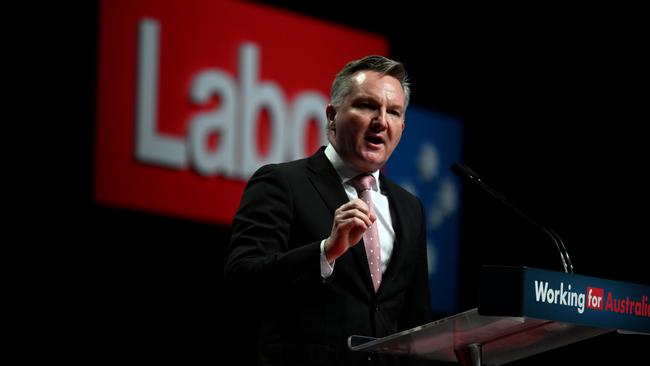
Global collaboration was critical to deal with “the biggest threat faced by the Indo-Pacific region”, Foreign Minister Penny Wong said last week, making it clear she regards the climate crisis to be at least as dangerous as the emergence of a hostile superpower.
Energy Minister Chris Bowen told ABC Radio National listeners the partnership began with his meeting with California Governor Gavin Newsom a year ago.
California and Australia share a lot in common, he said. About half of California’s energy came from renewables. “Their EV policy is very advanced,” he said. “Governor Newsom made clear to me that he was keen to collaborate on things like EV charging and joint learning.” There are indeed many things we can learn from California about energy policy. The first is that wind and solar power are punishingly costly.
California has the country’s fourth-most expensive electricity, according to the latest data from US Energy Information Administration. California residents pay US30 cents per kilowatt hour – almost three times more than customers in Utah.
A second lesson is that California has some of the least reliable electricity in the US. The California Independent System Operator, which oversees the state’s power grid, was forced to issue an emergency alert during a hot spell last September, pleading with customers to turn off their appliances to stop the grid crashing.
A third “joint learning”, as Bowen called it, is that transmission lines should be kept as short as possible. A recent California auditor’s report cited power lines as the cause of six of the state’s 20 most destructive wildfires since 2015.
And joint learning number four is that Australia needs nuclear power.
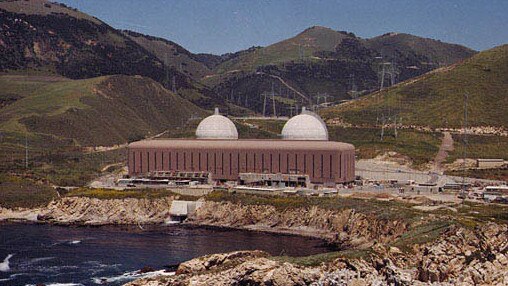
Seven years ago, Newsom predicted that Diablo Canyon, the state’s last nuclear power station, would close by 2025. Last year he signed a bill committing $US1.4bn to keep it open.
A fifth lesson is that expensive, unreliable electricity is a great way to kill jobs.
A Hoover Institution study found that companies left California at the rate of seven a month between 2018 and 2021. They included American Airlines, Chevron, Uber, Tesla, Kaiser Aluminium, Hewlett Packard and Oracle.
California used to be where the nation’s downtrodden fled to find work. Today it has the nation’s third-highest unemployment rate.
Bowen’s claim on the ABC that “about half” of California’s electricity comes from renewables – including 27 per cent from solar energy – should have been fact-checked. Over the past 30 days, solar has generated 20 per cent of CISO’s power. Natural gas generated 48 per cent and nuclear 8 per cent. California’s much-hyped batteries, which renewable energy tragics insist will be the answer to our prayers, contributed 0.1 per cent. That was only marginally higher than the amount provided by solar panels at night.
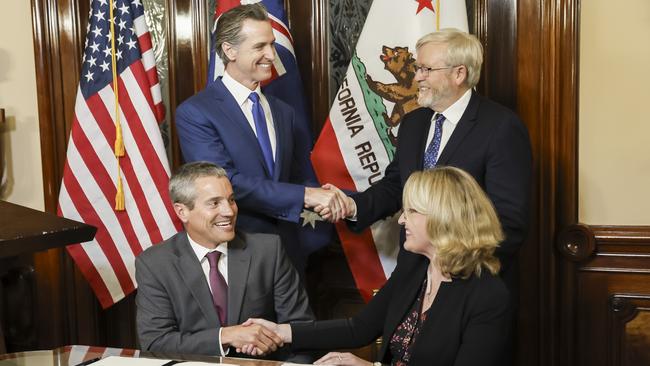
It’s not that there’s been any shortage of investment. Generous subsidies have attracted corporates because that’s what subsidies do.
Yet there is no viable means of reducing the current emission intensity of its grid from the current level of around 270g CO₂eq/kWh to anything close to the world’s best practice of less than 30g CO₂eq/kWh.
Australia has even more work to do. Carbon emissions from electricity generation have been running at around 500g CO₂eq/kWh for the past 12 months. Yet Bowen insists we’ll be up among the world’s leaders by 2030 on the road to becoming “a renewable energy superpower”.
He may well have been referring to this column on the radio last week when he noted that “it’s pretty fashionable for the column inches of a couple of newspapers in Australia at the moment to say our targets are too ambitious, that we won’t get to 82 per cent renewables”.
However, he insisted: “I disagree with that. It is ambitious, but it’s also achievable.”
Bowen’s target is achievable, if not by 2030 then at least by 2035, providing he picks a better role model than California.
His opposite number, Coalition energy spokesman Ted O’Brien, turned to Wyoming for inspiration in a well-informed article in The Australian last week.
Wyoming, a coal state, has a population about the size of Tasmania and produces almost 12 times more energy than it consumes.
It’s the second-biggest net energy supplier after Texas. Wyoming has been the top coal-producing state since 1986, accounting for about two-fifths of all coal mined in the US. The state holds nearly two-fifths of US coal reserves at producing mines.
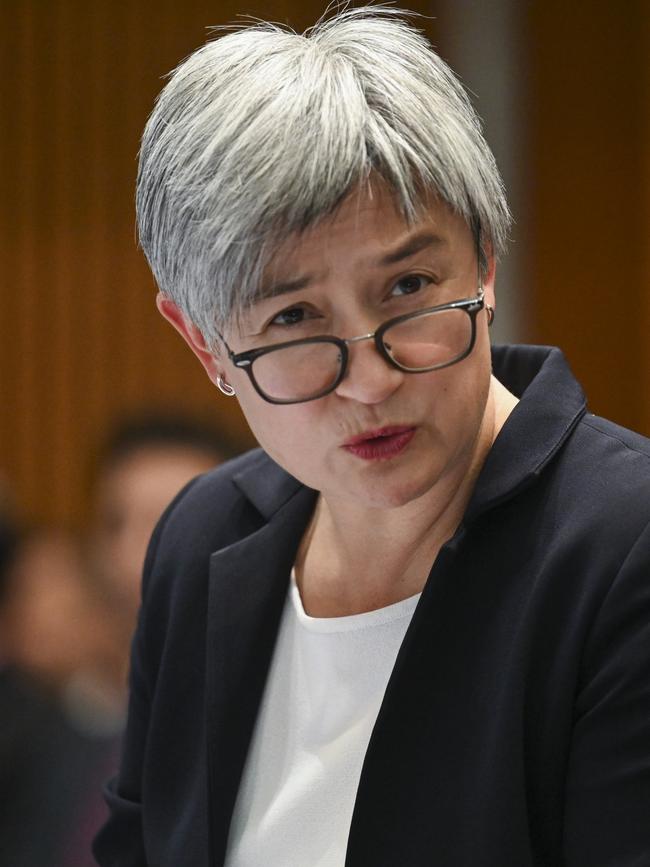
Wyoming was the eighth-largest crude oil-producing state in the nation and the 10th-largest natural gas producer.
The Wyoming state government read the writing on the wall some time ago, and has sought to diversify the energy economy to reduce its reliance on fossil fuels. It leaned heavily into wind but, even as a sparsely populated state, the dream of being powered by wind turbines soon collided with the reality of energy density. The competition for land with farming and nature has provoked a widespread backlash, as in Australia.
Wyoming has jumped ahead of the pack, becoming an early adopter of the latest generation of nuclear small modular reactors. A demonstration unit will be built at a retiring coal power plant in Kemmerer, with the assistance of $US2bn from the Biden administration.
It will be the first Natrium reactor to be commercially deployed, storing heat in molten salt to boost its power from 345 MWe to 500 MWe for as long as 5.5 hours to serve peak demand or fill in for times of lower renewable generation.
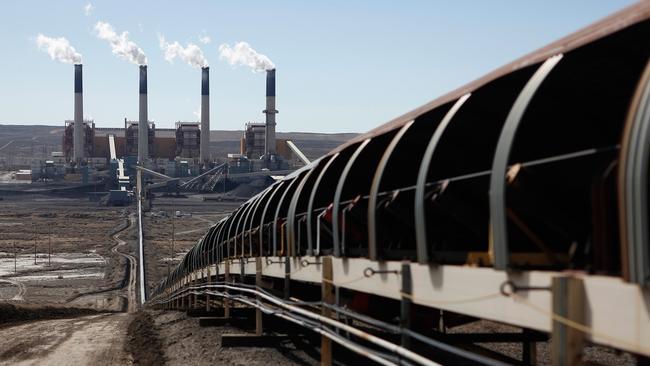
It is on track to be completed by 2030, when Snowy Hydro 2.0 is due to come online, and some years before any likely completion of offshore wind generators in Australia.
Wyoming is set on a course to transition from coal straight to nuclear, a journey jurisdictions such as Ontario and Finland have already completed. The good people of Wyoming are unlikely to suffer from Power Bill Stress Disorder, a form of anxiety now commonplace in California and Australia.
They will be free to indulge, should they wish, in reverse virtue-signalling, knowing they have achieved what the great woke state in the West could only promise.
Nick Cater is senior fellow at the Menzies Research Centre.


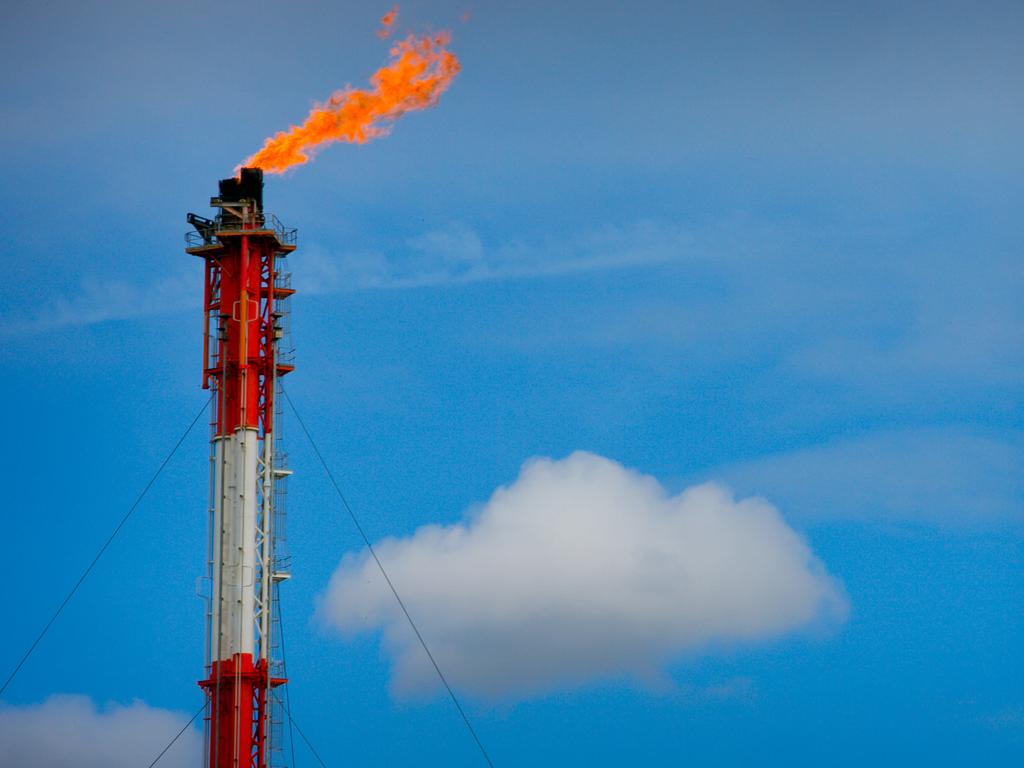





There was little comfort for price-conscious electricity consumers following the news that Australia is partnering with California to drive action to fight global warming.